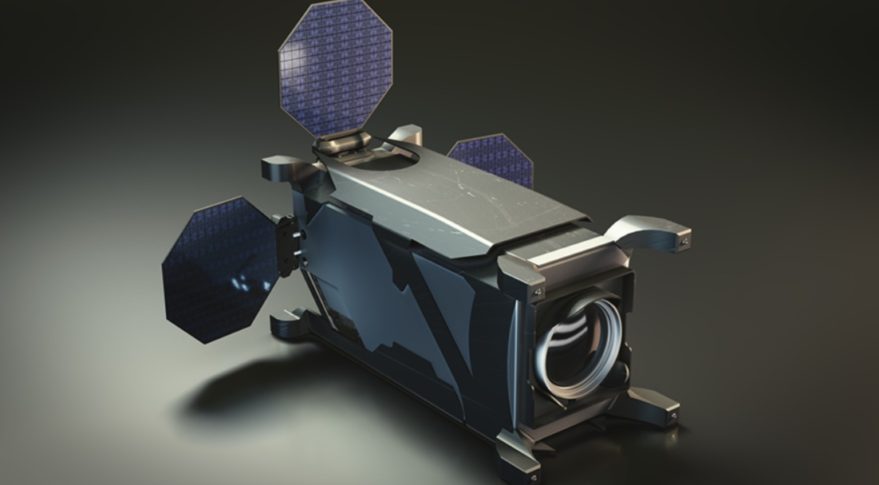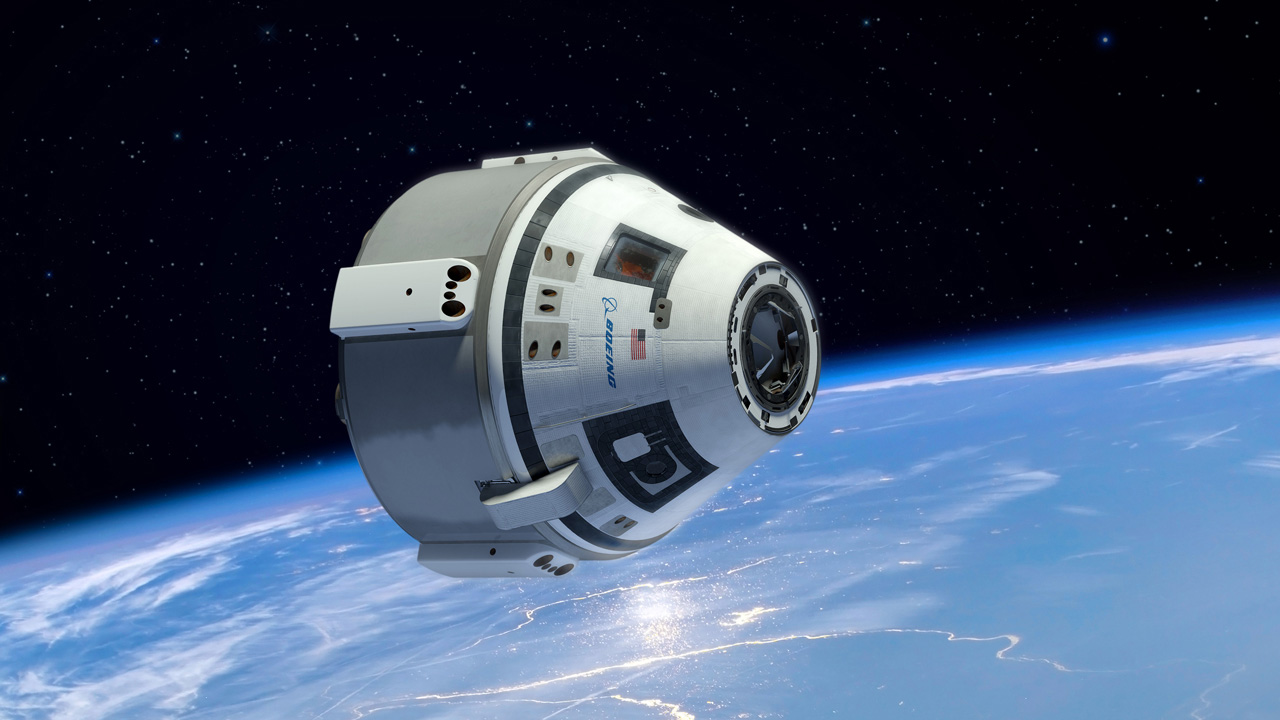Chicago-headquartered aerospace manufacturers Boeing (LOD:BOE) has revealed they will utilize 3D printing to manufacture future satellites. In an effort to increase turnaround time and lower costs of production, Boeing will use additive manufacturing to create modular components. At the beginning of January 2017 the company also enlisted Oxford Performance Materials to 3D print parts for their CST-100 Starliner spacecraft.
To produce more than 10 satellites per year
Speaking to the Wall Street Journal, Boeing Satellite Business Chief Paul Rusnock explained how the approach will maintain Boeing's competitiveness in this market. Boeing's current satellite manufacturing technique requires many workers and means the company is producing less than 10 satellites a year. Adopting additive manufacturing, the company will be able to increase productivity at a more competitive price.
3D printing also has many advantages in the production of satellites, as Polish company SatRevolution recently announced plans to manufacture the devices in this way. SatRevolution intend to create a satellite production facility in their home country to produce Poland's first ever satellite using 3D printing.

More competitive market
The global satellite market is becoming more saturated with a new-found accessibility. Standardization of satellite size has strengthened accessibility to space, leading to more companies producing the devices. This is something Sir Martin Sweeting, of Surrey Satellites Technology, touched upon last year when speaking at the International Aeronautical Congress in Guadalajara.
The increase in companies approaching the satellite market has encouraged Boeing to adapt their manufacturing process. With 3D printing, the company will be able to automate part of the manufacturing process and accelerate the creation of custom parts.
Furthermore, the production of modular satellites reflects the dynamic aspect of the market. Boeing's customers have reportedly expressed a frequent desire to launch upgraded satellites with the latest technology. This means that the modular satellite's shorter life-spans will not pose an issue. Paul Rusnock also explained that 3D printed modular parts will reduce production errors, as they are "easier to put together".

Boundless space for 3D printing
3D printing opens up new possibilities for satellite technology, as we've seen with Italian company D-Orbit. The satellite system manufacturers plan to launch a low-earth orbit satellite that can fly back to earth when it is no longer needed. This addresses the growing problem of space junk, which is a result of decommissioned satellites left to float in space.
It is possible that such satellites may even be launched from the UK within the next few years with the introduction of a spaceport by the year 2020.
3D Printing Industry will be present at the Additive Manufacturing for Aerospace, Defence and Space conference this week in London. The event will have representatives from companies like Boeing, NASA and Airbus, so stay tuned to our social media and sign up to the newsletter for updates.
Source: This article has been curated from the original written by Corey Clarke and can be read here: https://3dprintingindustry.com/news/boeing-plan-use-3d-printing-make-satellites-106340/
To produce more than 10 satellites per year
Speaking to the Wall Street Journal, Boeing Satellite Business Chief Paul Rusnock explained how the approach will maintain Boeing's competitiveness in this market. Boeing's current satellite manufacturing technique requires many workers and means the company is producing less than 10 satellites a year. Adopting additive manufacturing, the company will be able to increase productivity at a more competitive price.
3D printing also has many advantages in the production of satellites, as Polish company SatRevolution recently announced plans to manufacture the devices in this way. SatRevolution intend to create a satellite production facility in their home country to produce Poland's first ever satellite using 3D printing.

The Światowid satellite designed by the Polish company. Image via SatRevolution.
More competitive market
The global satellite market is becoming more saturated with a new-found accessibility. Standardization of satellite size has strengthened accessibility to space, leading to more companies producing the devices. This is something Sir Martin Sweeting, of Surrey Satellites Technology, touched upon last year when speaking at the International Aeronautical Congress in Guadalajara.
The increase in companies approaching the satellite market has encouraged Boeing to adapt their manufacturing process. With 3D printing, the company will be able to automate part of the manufacturing process and accelerate the creation of custom parts.
Furthermore, the production of modular satellites reflects the dynamic aspect of the market. Boeing's customers have reportedly expressed a frequent desire to launch upgraded satellites with the latest technology. This means that the modular satellite's shorter life-spans will not pose an issue. Paul Rusnock also explained that 3D printed modular parts will reduce production errors, as they are "easier to put together".

The Boeing Crew Space Transportation (CST) system, part of the Starliner spacecraft
with 3D printed parts from Oxford Performance Materials. Concept image via Boeing.
Boundless space for 3D printing
3D printing opens up new possibilities for satellite technology, as we've seen with Italian company D-Orbit. The satellite system manufacturers plan to launch a low-earth orbit satellite that can fly back to earth when it is no longer needed. This addresses the growing problem of space junk, which is a result of decommissioned satellites left to float in space.
It is possible that such satellites may even be launched from the UK within the next few years with the introduction of a spaceport by the year 2020.
3D Printing Industry will be present at the Additive Manufacturing for Aerospace, Defence and Space conference this week in London. The event will have representatives from companies like Boeing, NASA and Airbus, so stay tuned to our social media and sign up to the newsletter for updates.
Source: This article has been curated from the original written by Corey Clarke and can be read here: https://3dprintingindustry.com/news/boeing-plan-use-3d-printing-make-satellites-106340/